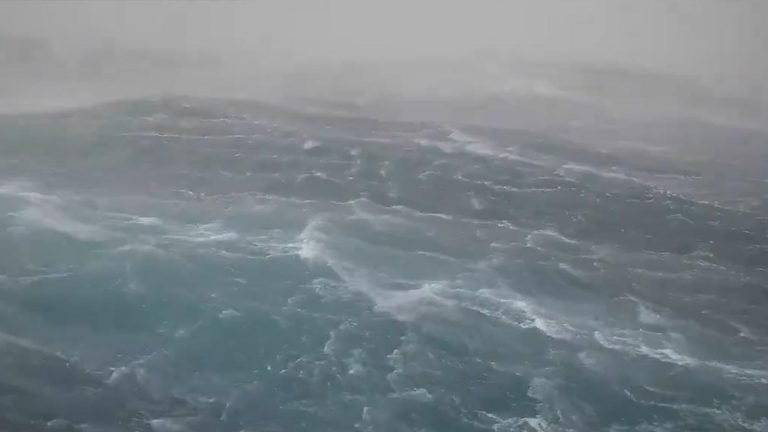Without climate change, Hurricane Milton would have hit Florida as a Category 2 storm instead of a Category 3 storm, according to a study by the international science organization World Weather Attribution. The group released the study on Oct. 11, two days after the Milton attack. Another study of Hurricane Milton released that day by researchers at Imperial College London found that the increase in intensity nearly doubled Milton's destructiveness.
An analysis by World Weather Attribution found that storms with Milton wind speeds became more frequent, and the wind speeds associated with similarly rare storms also became nearly 11 mph (5 m/s) higher (an increase of about 10 %) because the world has warmed by 1.3 degrees Celsius (2.3°F) since pre-industrial times. So, without climate change, Milton would hit Florida with Category 2 winds of 110 mph instead of Category 3 winds of 120 mph.
Read: Climate change is making Hurricane Helene and other 2024 disasters more devastating, scientists find
Anthropogenic climate change increases rainfall in Milton by 10-50%
To conduct such a rapid attribution study, the team did not perform traditional modeling for such studies, but instead relied on trends observed over the past 75 years, as well as modeling performed on Hurricane Helene, a very similar storm that occurred The location is almost the same. By looking at data from central Florida over the past 75 years, they found that extreme rainfall has increased significantly as the world warms. Their analysis of rainfall in Milton found that human-caused climate change could increase rainfall intensity by 10-50% and roughly double the likelihood of such heavy rainfall. This is very similar to what they found for Hurricane Helen.


Impact of record warm ocean temperatures
The researchers found that along Milton's trajectory, ocean temperatures remained more than 1 degree Celsius (1.8°F) warmer than in a world without climate change, and continued to intensify into major hurricanes (see Climate Central's Climate Change Index: Oceans (Ocean CSI ), Figure 1). This affects Milton's environment and makes storms more likely to develop and intensify throughout their lifetime.


Climate change nearly doubles destructiveness of hurricanes Helen and Milton
While a 10% increase in hurricane winds due to climate change may not seem like a big deal, it is a big deal because hurricane damage increases exponentially with wind speed. For example, a Category 2 hurricane with winds of 100 mph (161 km/h) can cause 10 times the damage of a Category 1 hurricane with winds of 75 mph (121 km/h), according to NOAA. This includes not only damage from wind, but also damage from storm surge, inland flooding and tornadoes. Bottom line: A 10% increase in wind power roughly doubles hurricane damage (Figure 2).
Researchers at Imperial College London separately determined that climate change increased wind speeds at landfall by about 13 mph, or 11%, at Helen, and by nearly 11 mph, or 10%, at Milton. Using previously published damage functions and global asset exposure value data, the researchers determined that 44% of the economic losses caused by Helen and 45% of the economic losses caused by Milton were attributable to climate change. They added that the analysis “likely underestimates the true cost of hurricanes because it does not take into account long-term economic impacts, such as lost productivity and worsening health conditions.”
Bob Henson contributed to this article.
We help millions of people understand climate change and what to do about it. Help us reach more people like you.
